BaselWorld 2012: Swiss watch industry poised for another record-breaking year
by charlene_voisin | June 1, 2012 9:00 am
By Jacquie De Almeida
Cindy Livingston glides about the Guess/Gc booth, moving from case to case as she describes the main features of the lines’ newest watches. She has them down pat, and can elaborate effortlessly when asked about a certain design or why the choice of a particular material. Prices come just as easily to the president and chief executive officer (CEO) of Sequel, the brands’ worldwide distributor. You can tell she’s done this before, and still enjoys it.
A fellow journalist interrupts a product presentation to say hello, quickly letting Livingston know he will come by the next day. It’s pretty clear she will not refuse him, despite the seemingly never-ending appointments booked for BaselWorld 2012, the event many exhibitors here consider the most important selling opportunity of the year.
On the heels of a record-breaking year for Swiss watch exports, 2012 appears to be off to an equally good start, with more than 104,000 people gathering for BaselWorld. The collective hope is it will build on 2011’s momentum, a banner year for Swiss watches.
According to the Federation of the Swiss Watch Industry (FH), exports reached nearly 19.3 billion CHF ($20.7 billion Cdn), surpassing the previous year’s results by 19.2 per cent. The number of watches leaving Switzerland also saw a marked increase of 13.8 per cent to nearly 30 million pieces.
Addressing the international press, Jacques J. Duchêne, chair of the exhibitors’ committee, emphasized the growth happened against a backdrop of continued economic problems in Europe, the overvaluation of the Swiss franc, and uncertainties in regions experiencing political instability or conflict.
“2011 was a historic year for the Swiss watch industry, which is not simply something to be put down to chance,” Duchêne said. “It is true that demand was very buoyant in Asia, but the watch industry has built up a good reputation in all the emerging countries and succeeded in creating demand, especially in the luxury-products segment.”
Duchêne credited growth in certain markets to watch companies investing in people and resources to create new sales opportunities, distribution networks, training facilities, and customer service centres. The word of the past three years—’adaptability’—is one many used to describe ongoing efforts to remain profitable and ensure demand for Swiss watches remains high.
“More than ever before in history, this industry is experiencing a thorough transformation,” Duchêne said. “The concentration of manufacturing capability, as well as distribution, is well on the way to causing radical change in the habits of our sectors. Each and every one must be aware of this new reality and continue to display flexibility, creativity, and competence to be able to adapt to this situation in the years to come. In an ever-more globalized economy, we must be champions of change, whilst retaining our particularities. This is, without doubt, one of the keys to maintaining our success in the future, too.”
The growth experienced by the Swiss watch industry mirrored somewhat the changes taking place at BaselWorld itself, now in its 40th year. Work continues on updating the fair grounds and increasing exhibition space. The first phase of the project saw 2500 tonnes of steel and 7300 tonnes of concrete turned into part of what will become a new three-storey hall measuring 420 m in length and creating 141,000 m2 of exhibition space. Crews suspended construction during the show, but work resumed in April, with the start of phase two and the demolition of the front of the old main entrance and Hall 3. Work will be completed by the start of BaselWorld 2013.
“We are looking forward to this striking modernization of the exhibition site: with investments of around 430 million CHF ($459 million Cdn), we will be able to provide our exhibitors, our trade visitors, and our journalists with a fantastic trade show infrastructure,” said René Kamm, chief executive officer (CEO) of MCH Group, BaselWorld’s organizer.
Out on the show floor, designs leaned toward nostalgia and capturing the vintage look. Monochrome and two-tone styles stood out, as did black, white, and silver-toned watches. Skeletonized dials allowing a peek at movements was another noticeable trend, as was a preference for chronographs and styles based on racing, aviation, and extreme sports. As in previous years, automatics remain the frontrunner among men’s watches. However, ladies’ automatics appear to be gaining ground, with brands focusing their efforts on capturing more of this market.
V.J. Geronimo, CEO of Oris Watches USA, explains that although the brand is known for its men’s diving and aviation- and motor sport-inspired watches, the company is looking at expanding its ladies’ line. “We’re planning for this category,” he says, adding part of the challenge is re-inventing a brand to appeal to women.
Stephen Taylor, president of Bulova Watch Co., says the brand’s line of ‘Precisionist’ watches has been geared toward men, complete with a ‘technology’ story. Expanding the line to include a ladies’ model required tweaking the marketing message slightly, while maintaining the watch’s technical focus. Beyond design, accuracy is among the most important supporting factors to purchasing a watch, and consumer desires must align with a brand’s marketing message, Taylor stresses.
“When we talk about a technology story, we need to remember the design aspect always comes first,” he says. “The consumer has to believe in the look of the watch before they can connect with it on another level”¦ For men, the message focuses on the functionality of the watch and how it works. For women, it’s more about the end benefit and communicating a desire for balance.”
Perception is everything, says Lars Gram Skjønnemann, co-owner of Bering, particularly when it comes to a consumer categorizing a watch line. He cringes at the thought of being known as a fashion brand.
“We see ourselves as a designer brand with a story behind it,” he says, referring to Bering’s origin story of its founder being captivated by the beauty of the Arctic. “We design our watches to be as simple and as clean as possible like the landscape that inspired them.” Selling a concept is key, he says, right down to brand-specific furniture and cases that help create the desired atmosphere. “We believe that if we want to build a successful business, we need not just to design beautiful watches, but a concept in how to present them.”
Italo Fontana, creator and designer of U-Boat and Welder, takes a different approach. Rather than using a concept to connect with consumers, he uses his name, which appears on U-Boat’s dials. “I put my name on it because behind the brand there is one face, one heart, one set of hands,” he says, adding few companies advertise their designers in such a manner. “It’s important for a consumer to make the connection between the brand and the designer.”
The same holds true among companies looking to cater to fashion mavens, says Alessandra De Martino, public relations and communication director for Versace Watches & Fine Jewellery.
The brand follows the signature styles of the house of Versace in its designs, creating a broad collection from which retailers can choose styles that will appeal to their specific markets. At a time when consumers are still cautious about opening their wallets too wide, the need to up the price-to-value ratio in a piece remains a key concern among Swiss watch manufacturers, particularly with Europe’s economic crisis still making headlines. Brands continue to stress the need to ensure pricing matches a consumer’s perceived value.
“I think companies sometimes think that if they charge more, their brand becomes more exclusive,” says Leonid Khankin, managing and creative director of Ernst Benz. “For me, everything must have the right price and if you can charge appropriately, you don’t need to offer a discount. If you price appropriately and control distribution naturally by forming long-term, collaborative partnerships with retailers that look after their interests, you can protect the retailer’s margin. I think retailers should make money selling watches because if they are a successful retailer, they will choose to continue to support the brand so that we can continue producing watches.”
Finding the right distribution channel is part of the challenge to building a brand. Ryan Gonçalves, director of operations for Toronto-based Time Central, says department stores can help establish a brand by getting it in front of more consumers relative to an independent retailer, which may have less traffic comparatively speaking. While some may bank on the expertise an independent retailer can offer when it comes to product knowledge, Gonçalves says there should be no comparison, given the expectations of the client base and the more fashion-forward product department stores tend to stock.
“While a department store customer expects quality and value in their purchase, the details about components are not always the first thing they ask about,” says Gonçalves, whose company recently became the Canadian distributor for Festina and Candino.
Patrick Mooney, CEO of Valangin in Montreal, takes a slightly different approach, preferring instead to offer lines through a buying group and working with an established dealer base. “When dealing with 100 small stores, for instance, you have demand for product, the shifts in the market are slower, and you can more easily adapt,” he explains, adding the overall impact of losing a dealer is also much less.
Although manufacturers for the most part celebrated strong results in 2011, overvaluation of the Swiss franc, particularly against the U.S. dollar and euro, presented a significant hurdle for the industry, putting a strain on profit margins and selling prices. The Swatch Group alone reported currency corrections impacted its sales by about 700 million CHF ($763 million Cdn).
While some brands increased their prices to compensate, others like Switzerland-based Sequel converted to billing clients in U.S. dollars to remain competitive in some markets, Livingston says. Although Sequel doesn’t bill at one price across the board, it operates in more than 20 currencies. While she is unwilling to say how much converting to U.S. dollars cost the company, Livingston says the long-term outlook works in Sequel’s favour.
“It will make it a more stable atmosphere for our customer,” she says. “They will also be able to judge things a bit better compared to doing so in Swiss francs. It will mean I won’t get the upswing in the currency, but I will probably get sales stabilized in all parts of the world that went the wrong way against the Swiss franc.”
Â
Omega president Stephen Urquhart says although currency fluctuations can hurt businesses significantly, he stresses they are not a new phenomenon and believes the current state of the euro against the Swiss franc will improve.
“We’re not increasing our prices blindly in the markets to get back what we’re losing on paper,” he added. “That would be a bad decision. We’re keeping a close eye on it, along with the price of gold and diamonds. It’s part of our job to overcome [these challenges.]”
Markus Ingold, CEO of Chrono AG, parent company of Cover Switzerland, says his business hasn’t been deeply affected by the strong Swiss franc against the euro and that demand in European countries like France, Germany, and Switzerland remain strong. However, he notes private label watch producers like Chrono are feeling some of the economic upheaval in that sector when it comes to producing Swiss-made watches used as corporate gifts or sales incentives. Instead, some companies have switched to manufacturers in the Far East that can produce watches at a lower cost.
Aside from the overvalued Swiss franc, the Swatch Group’s decision to scale back its supply of movement and movement components to the industry was a hot topic of discussion. For the most part, watch manufacturers appeared to have accepted the news. When asked whether they were affected by the cutbacks, responses varied from no and partially to one of having dealt with the issue once and for all. Rather than looking for a new supplier, Festina Group opted instead to buy Soprod, a producer of Swiss-made mechanical and quartz movements. “If you can’t beat them, buy your own factory,” says Jason Newman, the company’s export manager.
Marcus Stadelmann, director of marketing and communication for Hermès, says the company will continue to get movements from the Swatch Group, and is straightforward about how the fallout should be handled. “The solution is you either have an agreement with the Swatch Group or you have to make other arrangements,” he explains. “It is legitimate for Swatch Group to say it needs to serve its own brands. Many companies are investing into developing their own movements. The biggest problem is matching Swatch Group’s prices because it has such a large-scale production.”
Livingston says the Swatch Group’s decision is a gain for other producers of movements.
“There will be scarcity, new people will come into the industry, and it will create more competition,” she says, adding Gc uses automatic movements from another supplier. “It’s a new business opportunity for somebody else. My hope is there are companies out there that can start to ramp up. I think they wanted to see if [Swatch Group would scale back its supply] first, and now there’s enough pressure that they feel safer making the investments.”
BaselWorld 2013 is set for April 25 to May 2.
- [Image]: http://www.jewellerybusiness.com/wp-content/uploads/2016/03/BASELWORLD2012_SSC_05_12.jpg
- [Image]: http://www.jewellerybusiness.com/wp-content/uploads/2016/03/K24-3309.jpg
- [Image]: http://www.jewellerybusiness.com/wp-content/uploads/2016/03/65B148_feature.jpg
- [Image]: http://www.jewellerybusiness.com/wp-content/uploads/2016/03/6474_1.jpg
- [Image]: http://www.jewellerybusiness.com/wp-content/uploads/2016/03/RLS1203-04_dial.jpg
- [Image]: http://www.jewellerybusiness.com/wp-content/uploads/2016/03/SE155_Planet-Ocean-42mm_232.63.42.21.04.001.jpg
- [Image]: http://www.jewellerybusiness.com/wp-content/uploads/2016/03/Co147.jpg
- [Image]: http://www.jewellerybusiness.com/wp-content/uploads/2016/03/CE5000.jpg
- [Image]: http://www.jewellerybusiness.com/wp-content/uploads/2016/03/VANITAS-WHITE.jpg
- [Image]: http://www.jewellerybusiness.com/wp-content/uploads/2016/03/KC1853.jpg
- [Image]: http://www.jewellerybusiness.com/wp-content/uploads/2016/03/F301024071D1.jpg
- [Image]: http://www.jewellerybusiness.com/wp-content/uploads/2016/03/FC-435S6B6.jpg
- [Image]: http://www.jewellerybusiness.com/wp-content/uploads/2016/03/038058WW00_CJoray1.jpg
- [Image]: http://www.jewellerybusiness.com/wp-content/uploads/2016/03/TW1012.jpg
- [Image]: http://www.jewellerybusiness.com/wp-content/uploads/2016/03/PIAZZA-Grande-Automatic_Chapter.jpg
- [Image]: http://www.jewellerybusiness.com/wp-content/uploads/2016/03/11939-229.jpg
- [Image]: http://www.jewellerybusiness.com/wp-content/uploads/2016/03/Alpina_Heritage_Pilot_SMALL_HD.jpg
- [Image]: http://www.jewellerybusiness.com/wp-content/uploads/2016/03/Hamilton_KhakiNavyPioneerLimitedEdition_SMALL_HD.jpg
- [Image]: http://www.jewellerybusiness.com/wp-content/uploads/2016/03/GC_GcClassicaAutomatic_HD.jpg
- [Image]: http://www.jewellerybusiness.com/wp-content/uploads/2016/03/Oris_BigCrownDate_SMALL_HD.jpg
- [Image]: http://www.jewellerybusiness.com/wp-content/uploads/2016/03/PU8466.jpg
- [Image]: http://www.jewellerybusiness.com/wp-content/uploads/2016/03/14dp-idw-mrdw.jpg
- [Image]: http://www.jewellerybusiness.com/wp-content/uploads/2016/03/T2N931_Product_Shot.jpg
- [Image]: http://www.jewellerybusiness.com/wp-content/uploads/2016/03/Lady-collection_FESTINA-f16590_3.jpg
- [Image]: http://www.jewellerybusiness.com/wp-content/uploads/2016/03/Terranaut-I-Trail.jpg
- [Image]: http://www.jewellerybusiness.com/wp-content/uploads/2016/03/R3251111003.jpg
- [Image]: http://www.jewellerybusiness.com/wp-content/uploads/2016/03/W0016L3.jpg
- [Image]: http://www.jewellerybusiness.com/wp-content/uploads/2016/03/metaal01a.jpg
- [Image]: http://www.jewellerybusiness.com/wp-content/uploads/2016/03/ernst-benz.jpg
- [Image]: http://www.jewellerybusiness.com/wp-content/uploads/2016/03/Lancaster-Watch.jpg
Source URL: https://www.jewellerybusiness.com/features/baselworld-2012-the-swiss-watch-industry-poised-for-another-record-breaking-year/
 [1]
[1]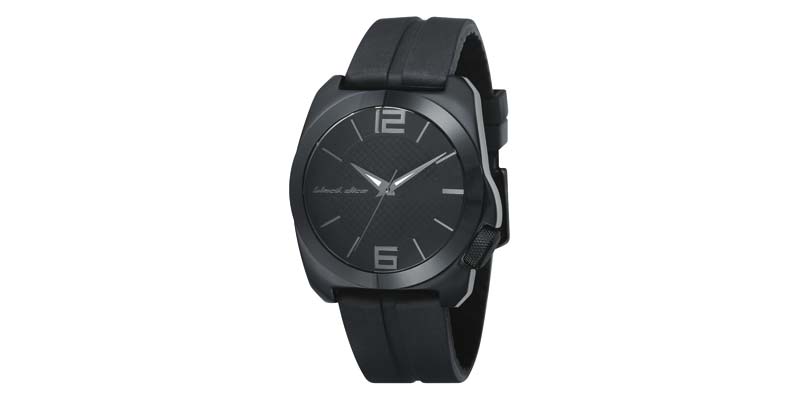
 [2]
[2]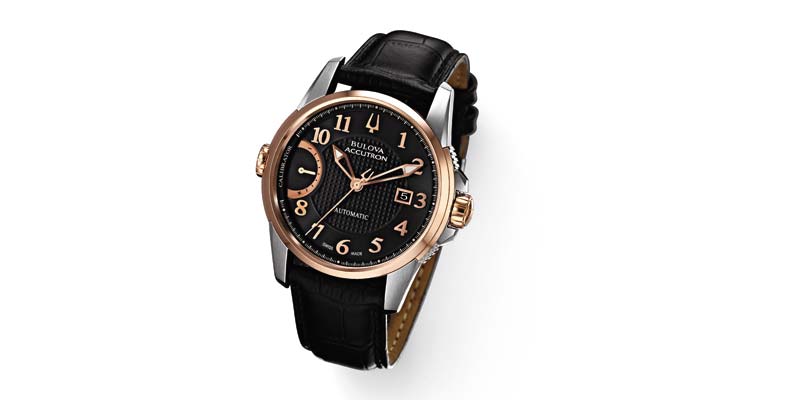 [3]
[3]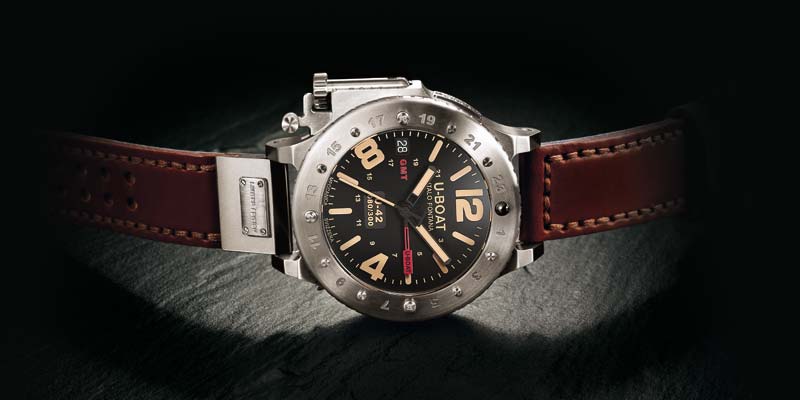 [4]
[4] [5]
[5] [6]
[6]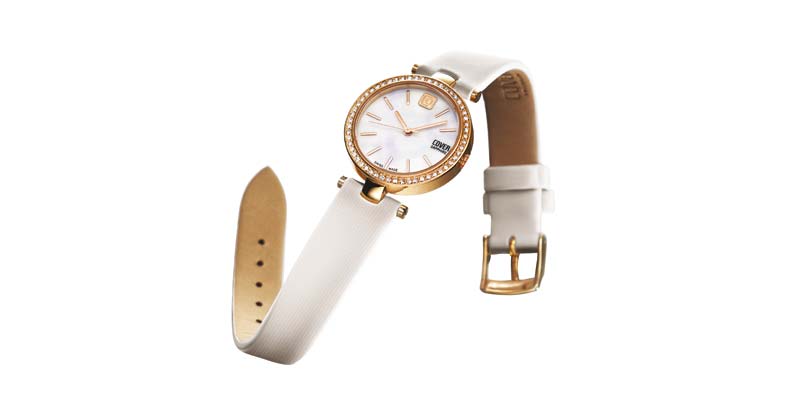 [7]
[7]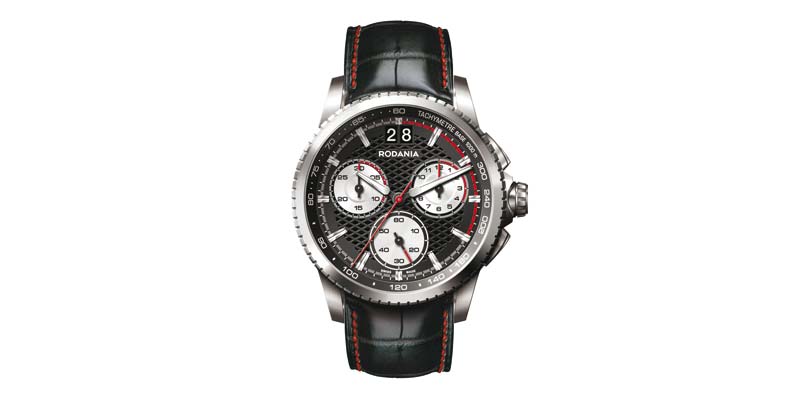








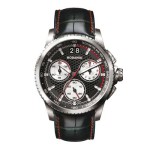
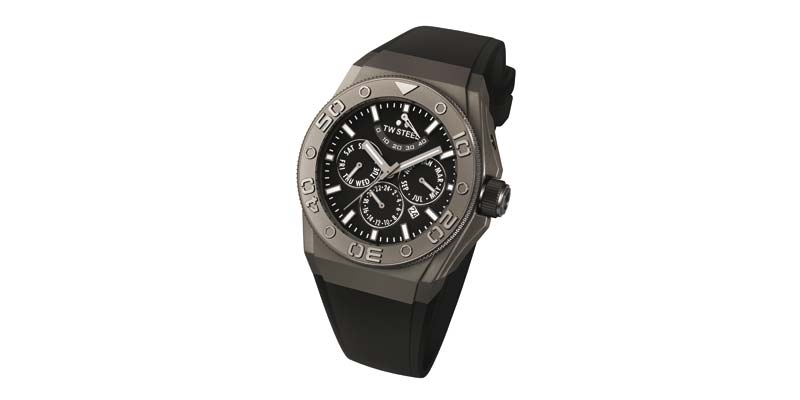 [8]
[8]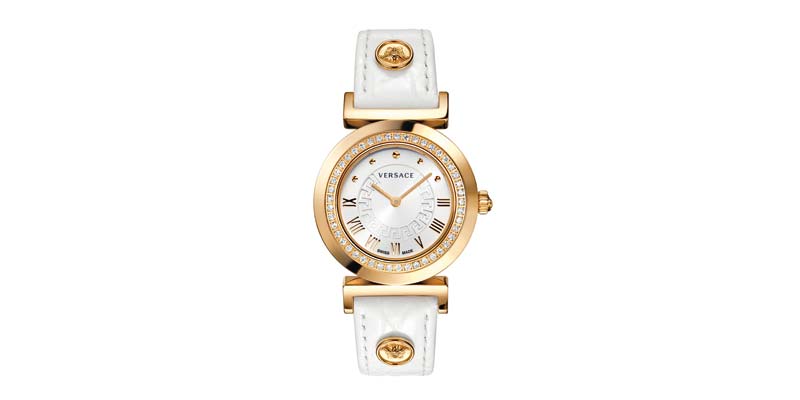 [9]
[9]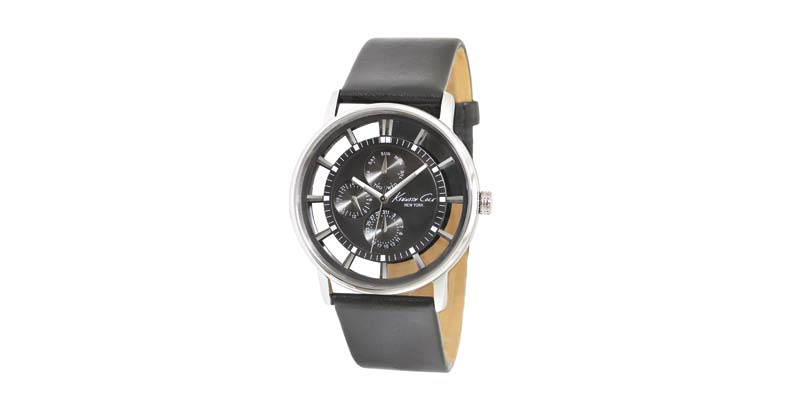 [10]
[10]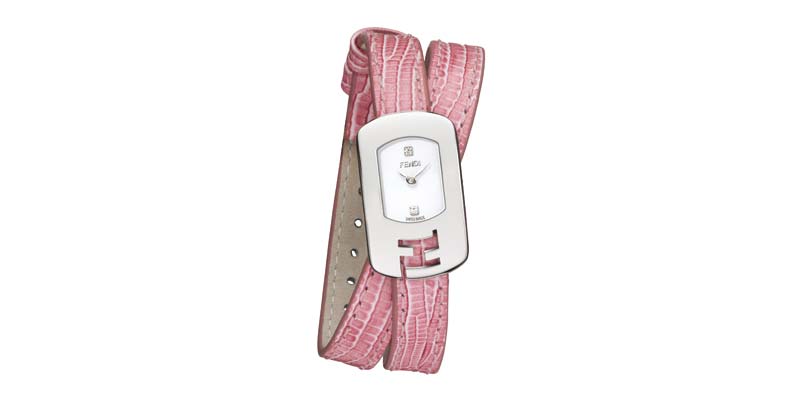 [11]
[11]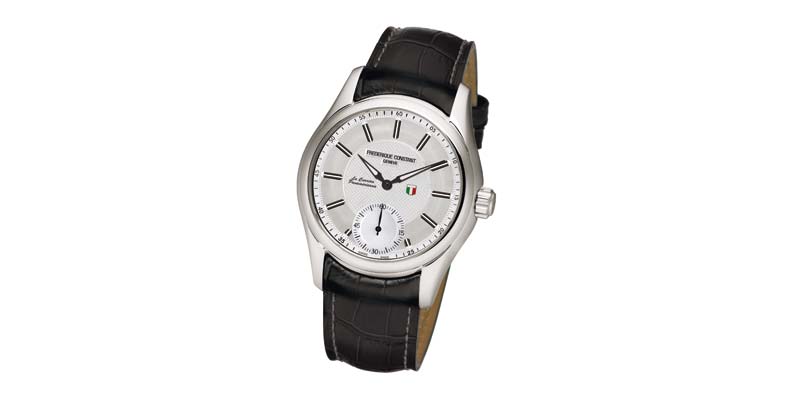 [12]
[12]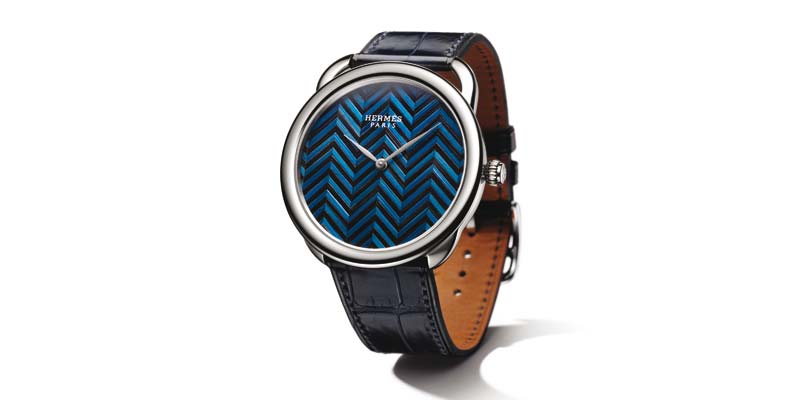 [13]
[13]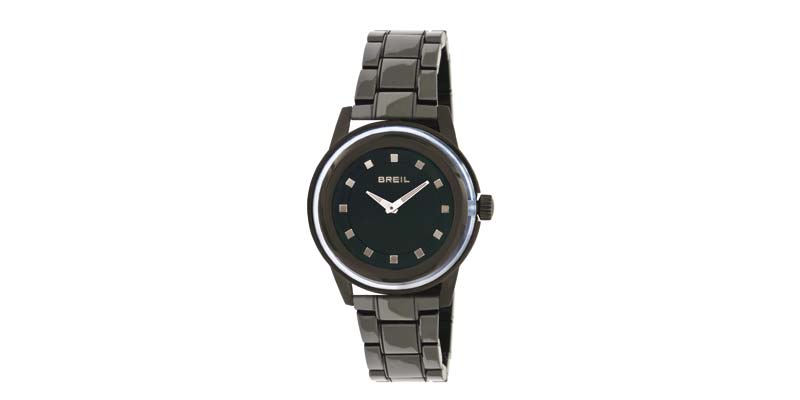 [14]
[14]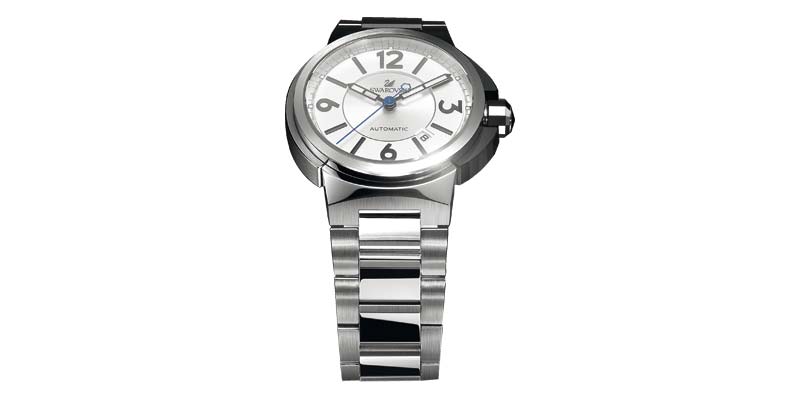 [15]
[15]







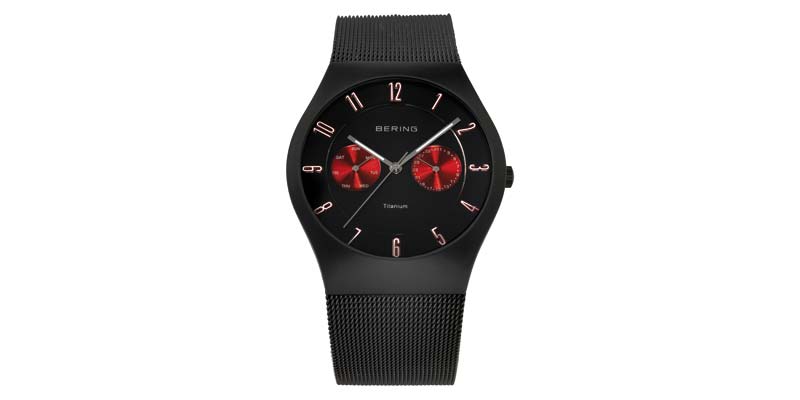 [16]
[16] [17]
[17]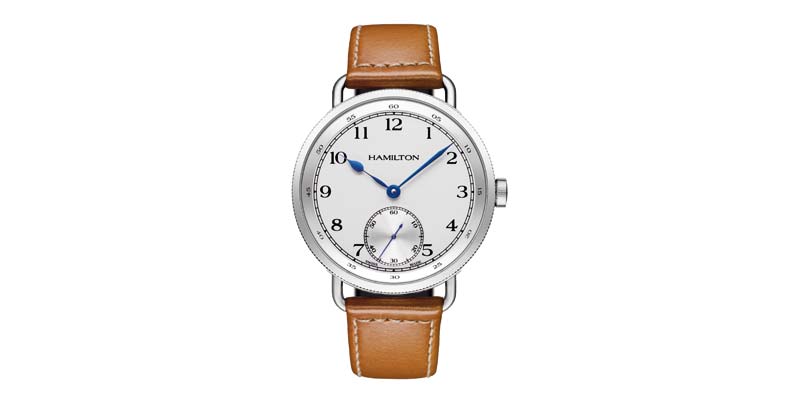 [18]
[18] [19]
[19]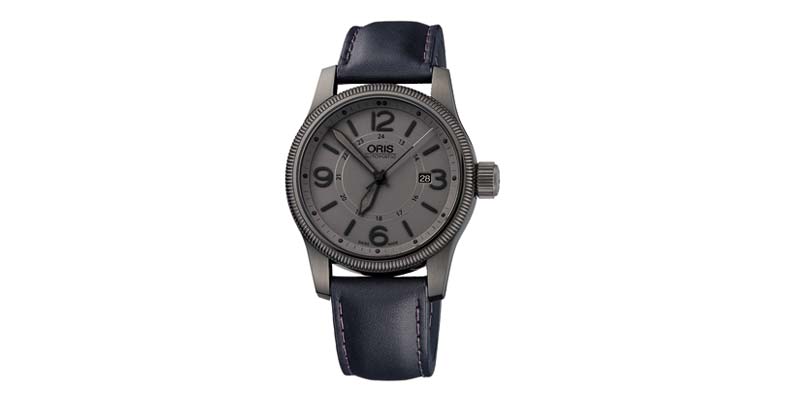 [20]
[20]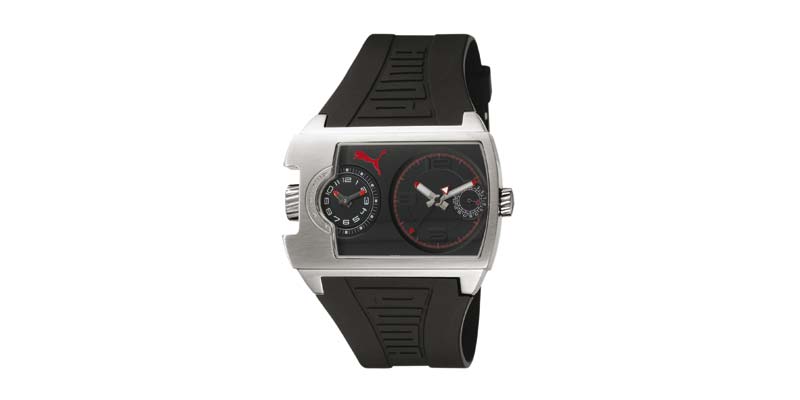 [21]
[21]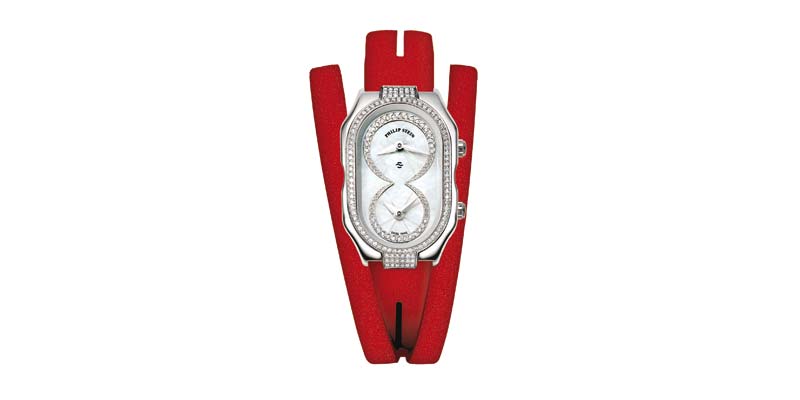 [22]
[22]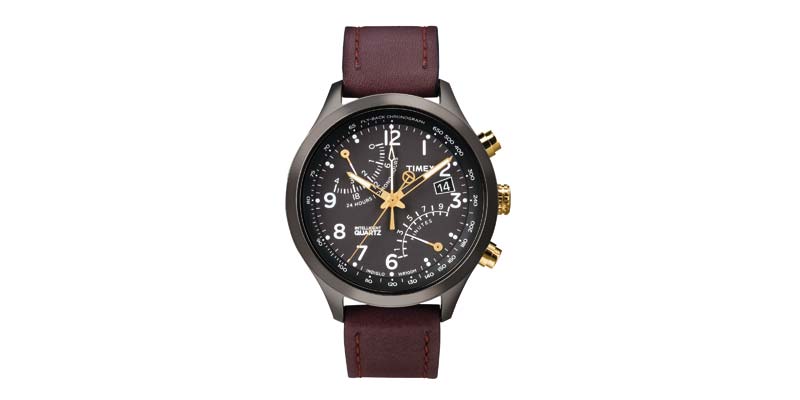 [23]
[23]







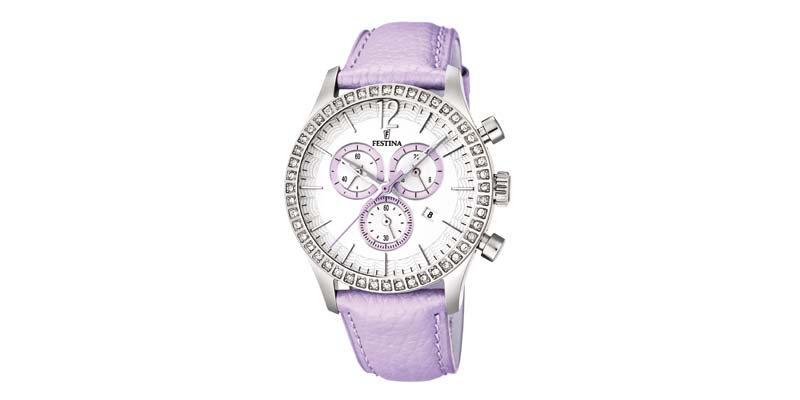 [24]
[24]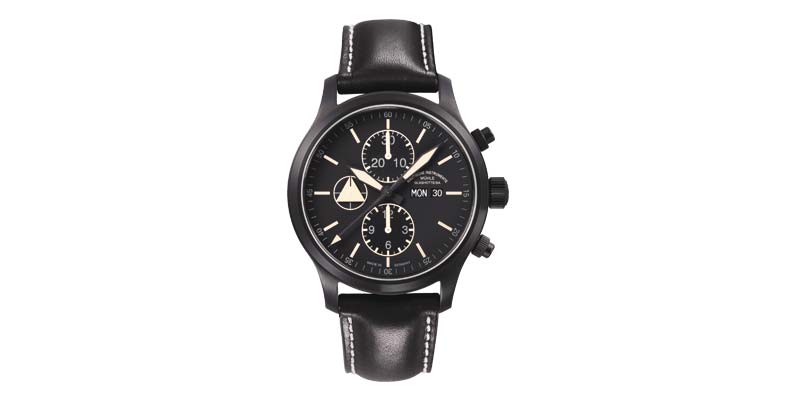 [25]
[25]
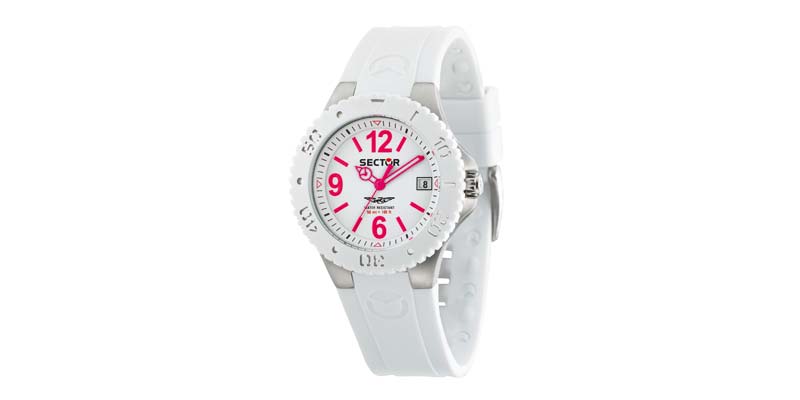 [26]
[26]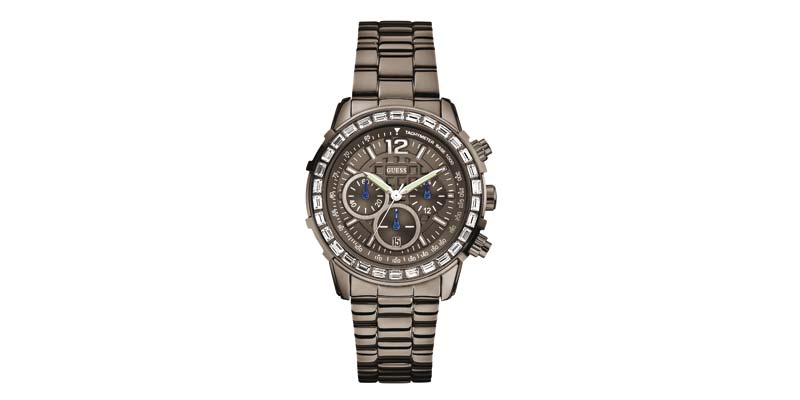 [27]
[27]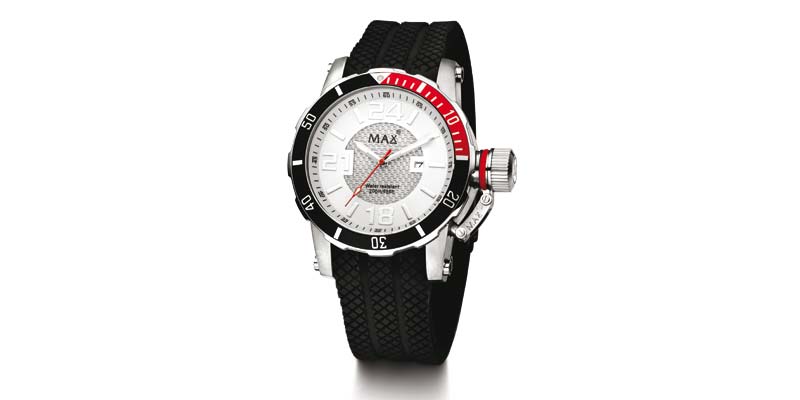 [28]
[28]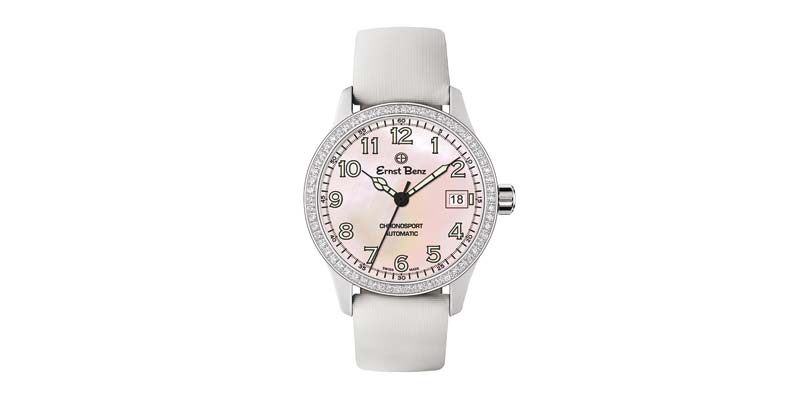 [29]
[29] [30]
[30]






